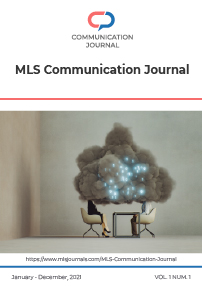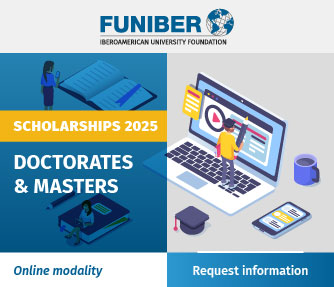Vol.1 Num.1 (2021)
Published 2021-04-28
Full Issue
The false news that is published in Ecuadorian digital media occupies a leading role, generating concern, both in professionals and in the public. Therefore, the purpose of this study is to reflect on the motivation, components and lines of distribution; of the misinformation that audiences collect and the benefit that certain agendas of the political, economic and social sphere receive. On the other hand, it shows approaches that explain certain informative factors, some of greater relevance than others. 196 individuals participate in this investigative process, with significant criteria but limited capacity to identify and differentiate what is true from what is false. The results show the feasibility of marking itineraries that seal the way in the correct dissemination of highly accepted content in online communication systems, preferably in social networks. It comes to the conclusion that, although journalism can be carried out in a responsible and professional way, what is done is limited compared to the verification and contrast of the facts. It is necessary to apply the norms and constitutive laws that allow validating the right of individuals to receive reliable information, in accordance with the principle of freedom of expression, without forgetting the deontological elements that prevail in communication, in order from this context to assent the informative validity
The aim of this article is to describe the models of public understanding of science involved in the communication between disciplinary matrices of experts and lay scientific prosumers in digital social networks, in order to develop a Technique of Critical Documentary Analysis(TACD) that allows scientific cyberjournalists to carry out critical-qualitative research practices.The theoretical model that orders the interpretation of the data is the epistemology of testimony, so it is assumed that the development of communities of lay scientific prosumers in social networks is a consequence of the distrust in the normal epistemic authority, while cyber-journalistic interventions are still sustained in the deficit model.For the development of the TACD, a non-experimental descriptive-ethnographic methodological design was used, with a qualitative, retrospective-longitudinal approach, with which were selected, in a period of 6 months (2019-2020), segments of comments from experts, interface agents and laymen, related to terraplanning communities. The results obtained suggest that the development of a TACD requires situating the activity of interface agents in the interstice between the communities of experts and lay scientific prosumers, as well as traditional or social media, appealing to the meta function of communication, that is, to the possibility of understanding a theoretical position beyond the normal science paradigm, protected by unidirectional/verticalist literacy strategies, as well as the transmedia prosumption of evidence and arguments developed by laymen.
A content analysis was carried out of the articles labeled as investigative journalism in the only written media of Honduras, with a sample of 2,190 editions of the most important newspapers in the country (El Heraldo, La Prensa and La Tribuna) from the years 2018 and 2019. In addition, 23 journalism professionals were interviewed who, from their experience, speak of the risks and obstacles they have to carry out journalistic investigations. The results indicate that investigative journalism is scarce in the content of Honduran newspapers, which mainly publish filter journalism. Doing investigative journalism is dangerous in the country and represents facing a series of obstacles that range from laws that prevent access to information, such as the Law of Secrets or the new Penal Code, as well as the political and economic interests of the media. Experts advise promoting and strengthening investigative journalism by training journalists, reforming study plans at universities and ensuring that the media have financial resources to do investigative journalism, as this will allow them to have their own agenda and not be subject to the interests of power or advertisers.
El lenguaje transmedia es un fenómeno que ha transformado el uso y la interacción de los estudiantes universitarios de la ciudad de Santo Domingo, entre ellos y con sus comunidades, mediante la forma en que se relacionan a través de sus equipos celulares, computadoras y redes sociales.












